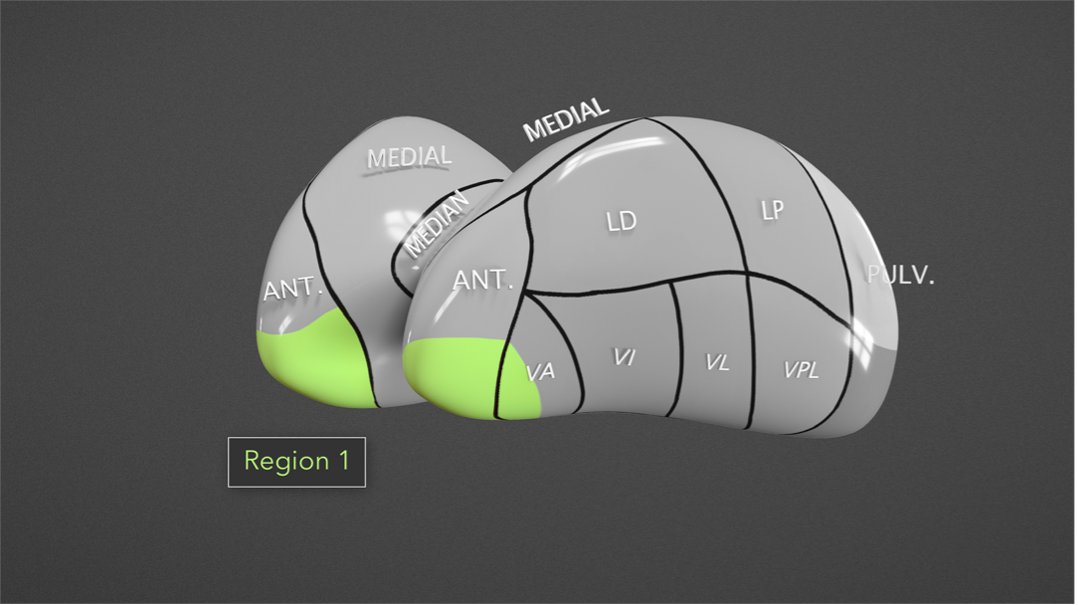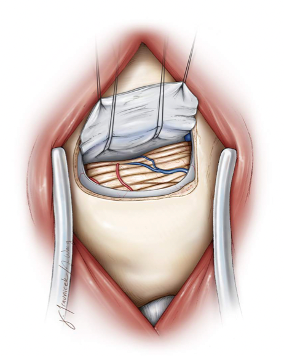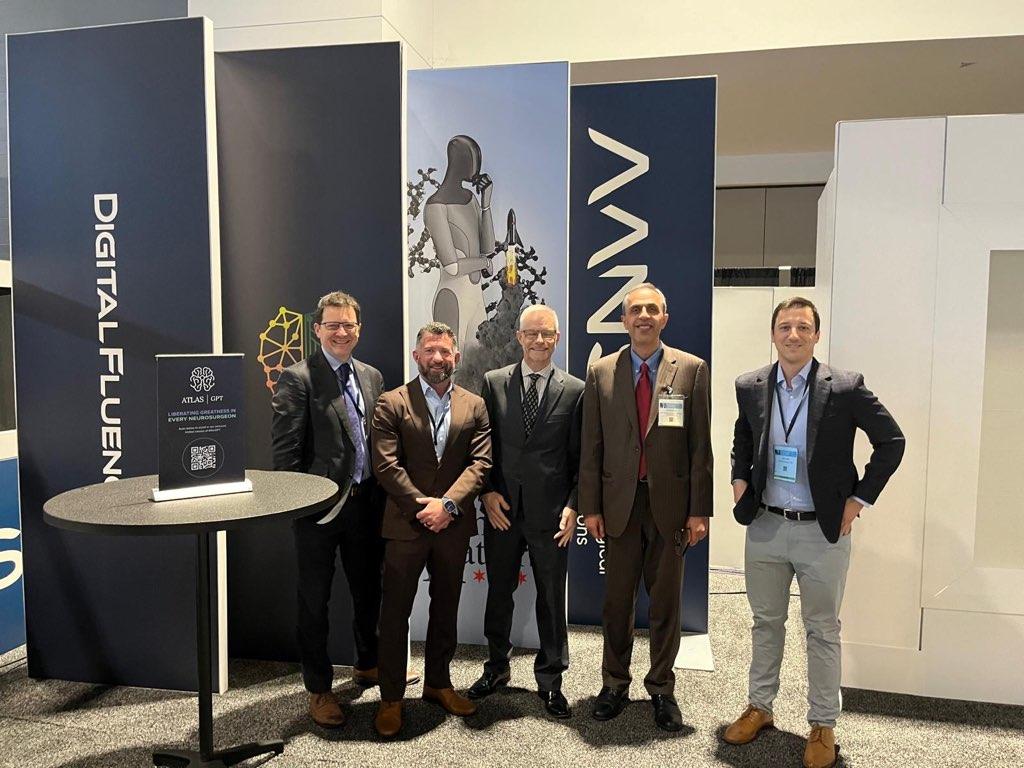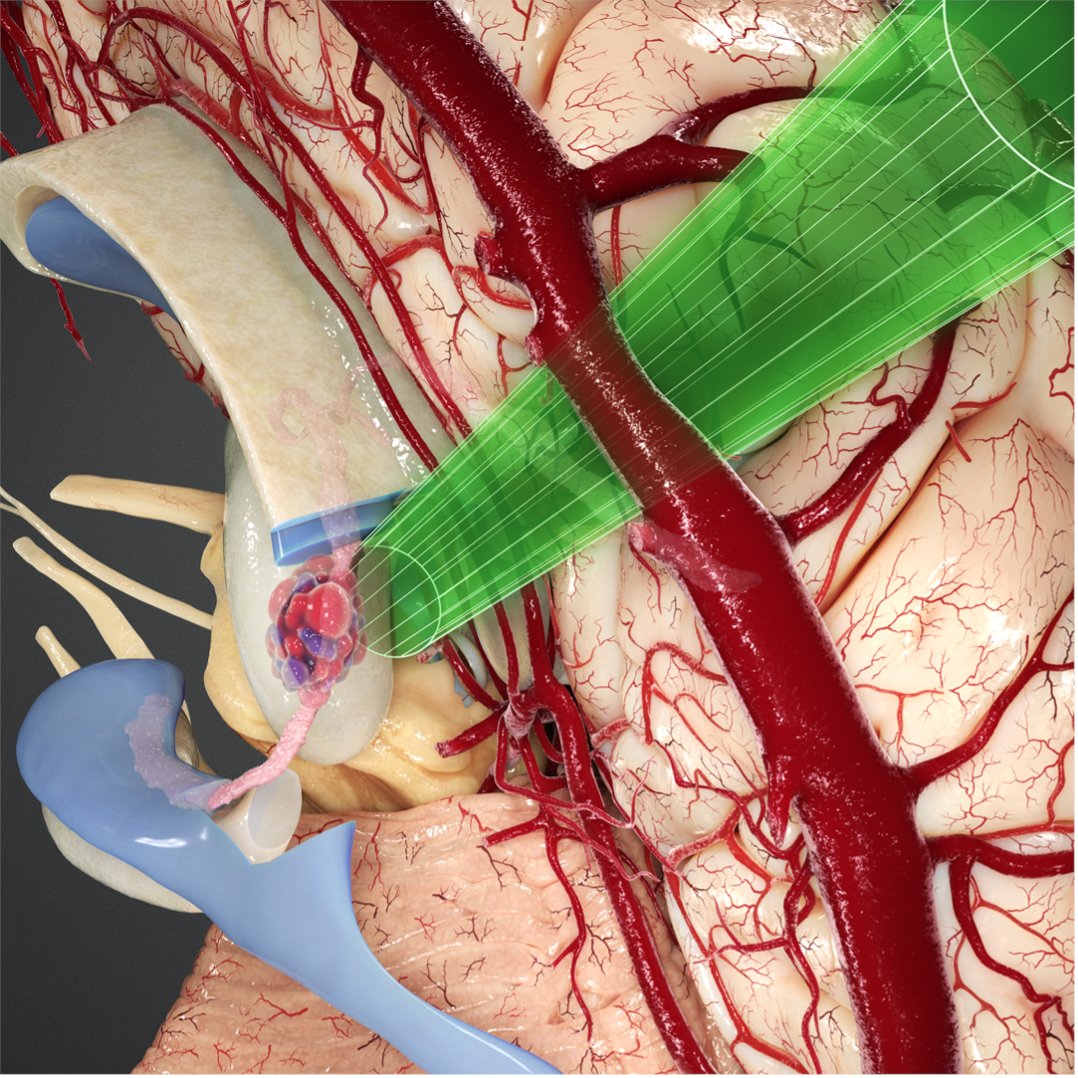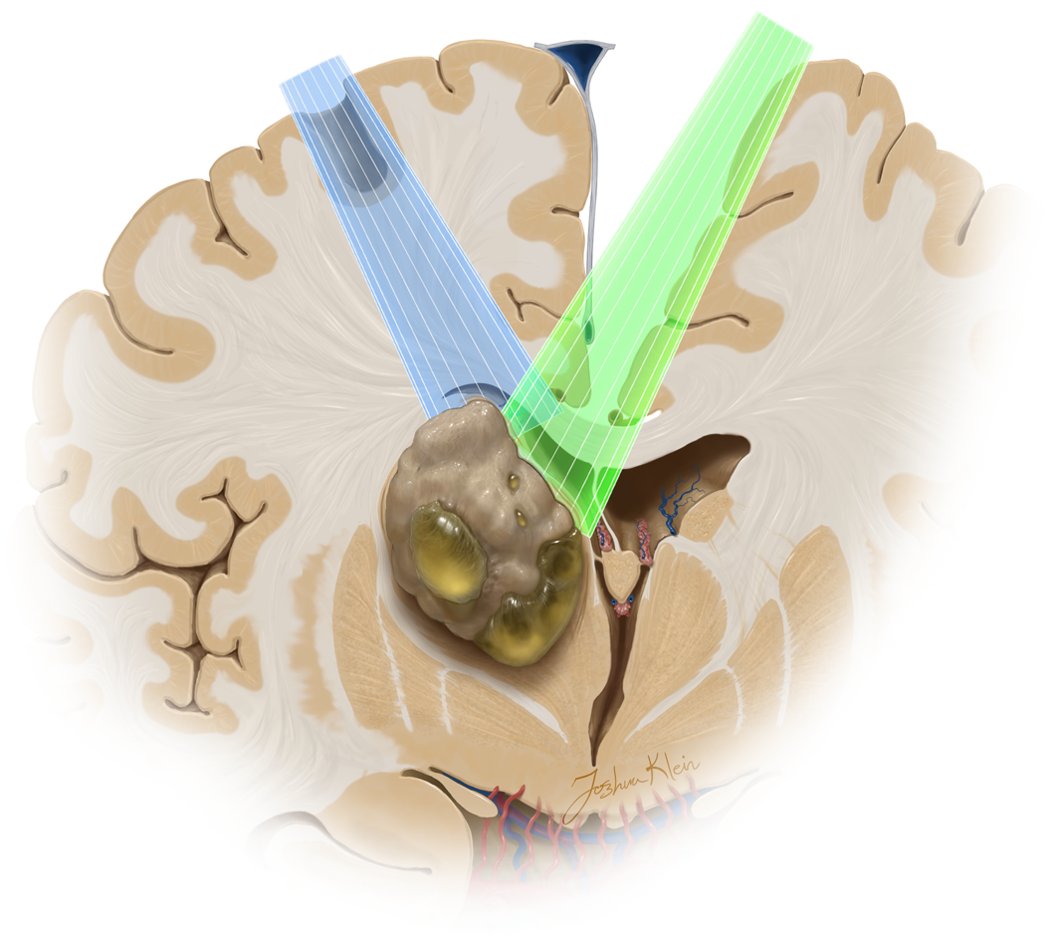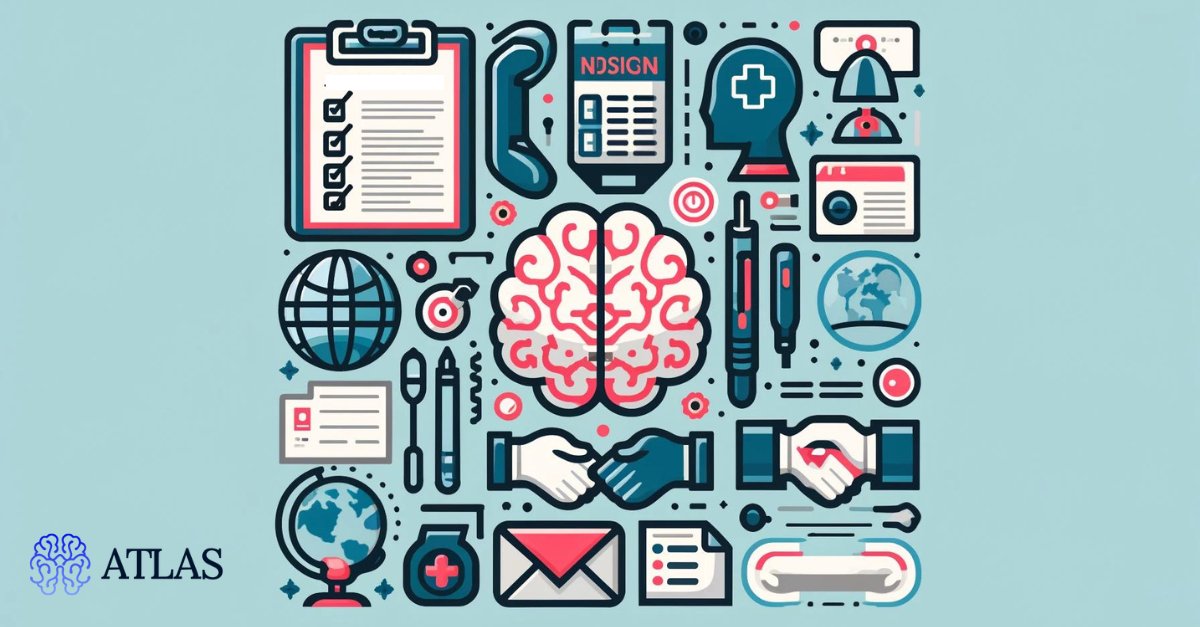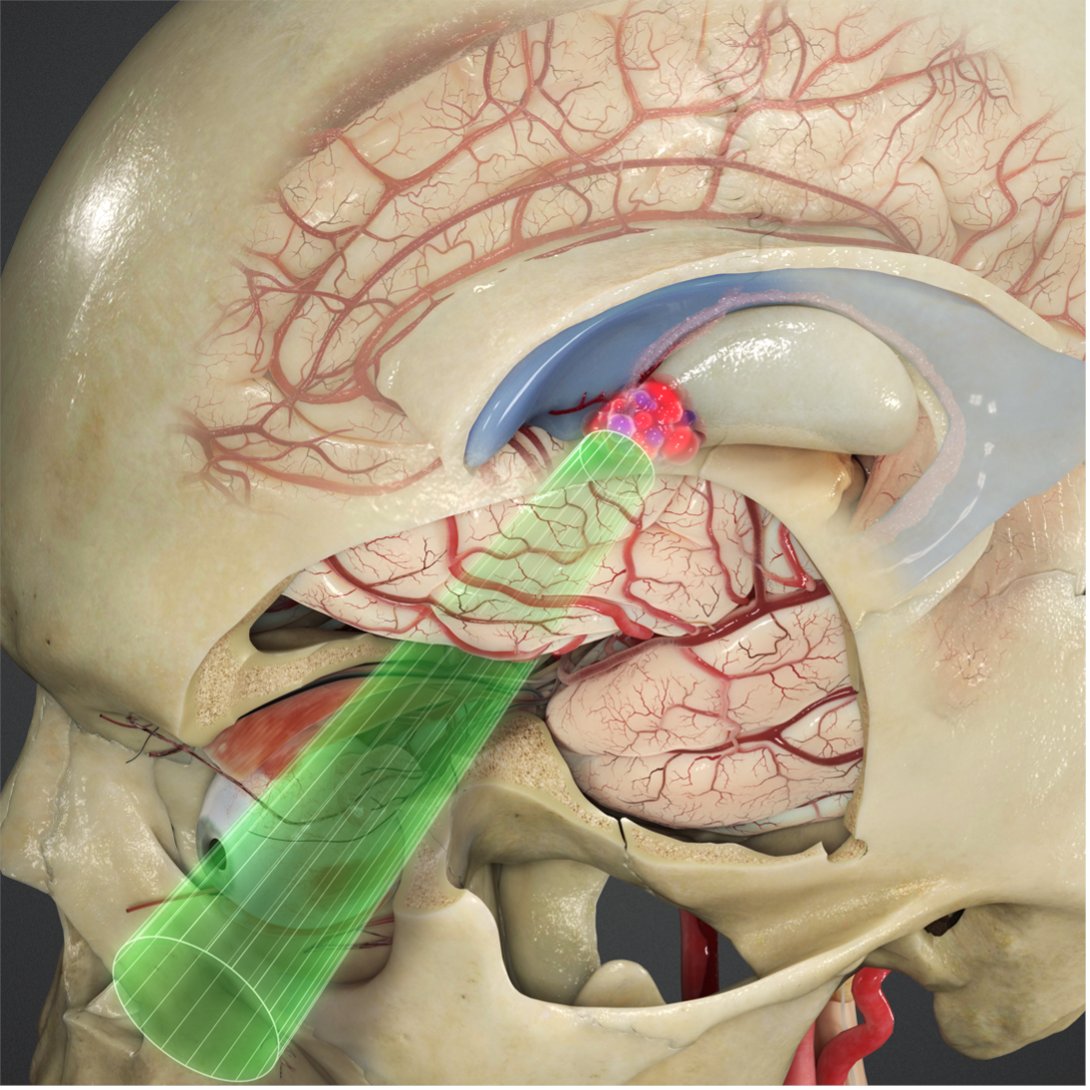
Neurosurgical Atlas
@neurosurgatlas
Dr. Aaron Cohen-Gadol’s most respected & popular collection of advanced microneurosurgical techniques in the world. https://t.co/VyskBO5DCg…
ID:787020506
https://www.neurosurgicalatlas.com/ 28-08-2012 13:32:24
5,8K Tweets
24,6K Followers
853 Following


Where should you make the single burr hole for a paramedian supracerebellar transtentorial approach?
Bonus: What position a patient can be commonly placed in for a paramedian supracerebellar transtentorial approach?
#MedTwitter #Neurosurgery #NSGY #surgery
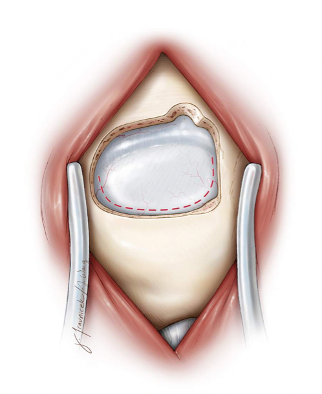

A supracerebellar transtentorial approach is minimally disruptive as only one cerebellar hemisphere is manipulated and the supratentorial cortices are left intact and not placed under retraction during this procedure.
#MedTwitter #Neurosurgery #NSGY #surgery
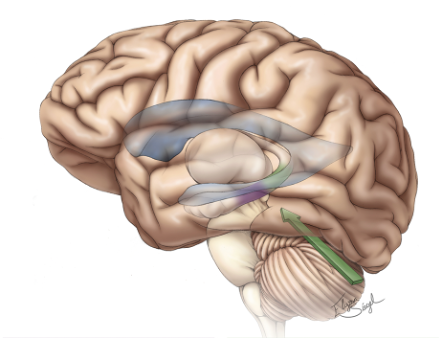


Excited about our #AANS2024 sessions: 'Operative Nuances I: Difficult Cases' and 'Liberating Greatness in Every Neurosurgeon.' Thrilled by the innovation! Visit our table at AANS/Digital Fluency AI Immersion Zone to see our latest tech #AtlasGPT . #MedTwitter #Neurosurgery #NSGY
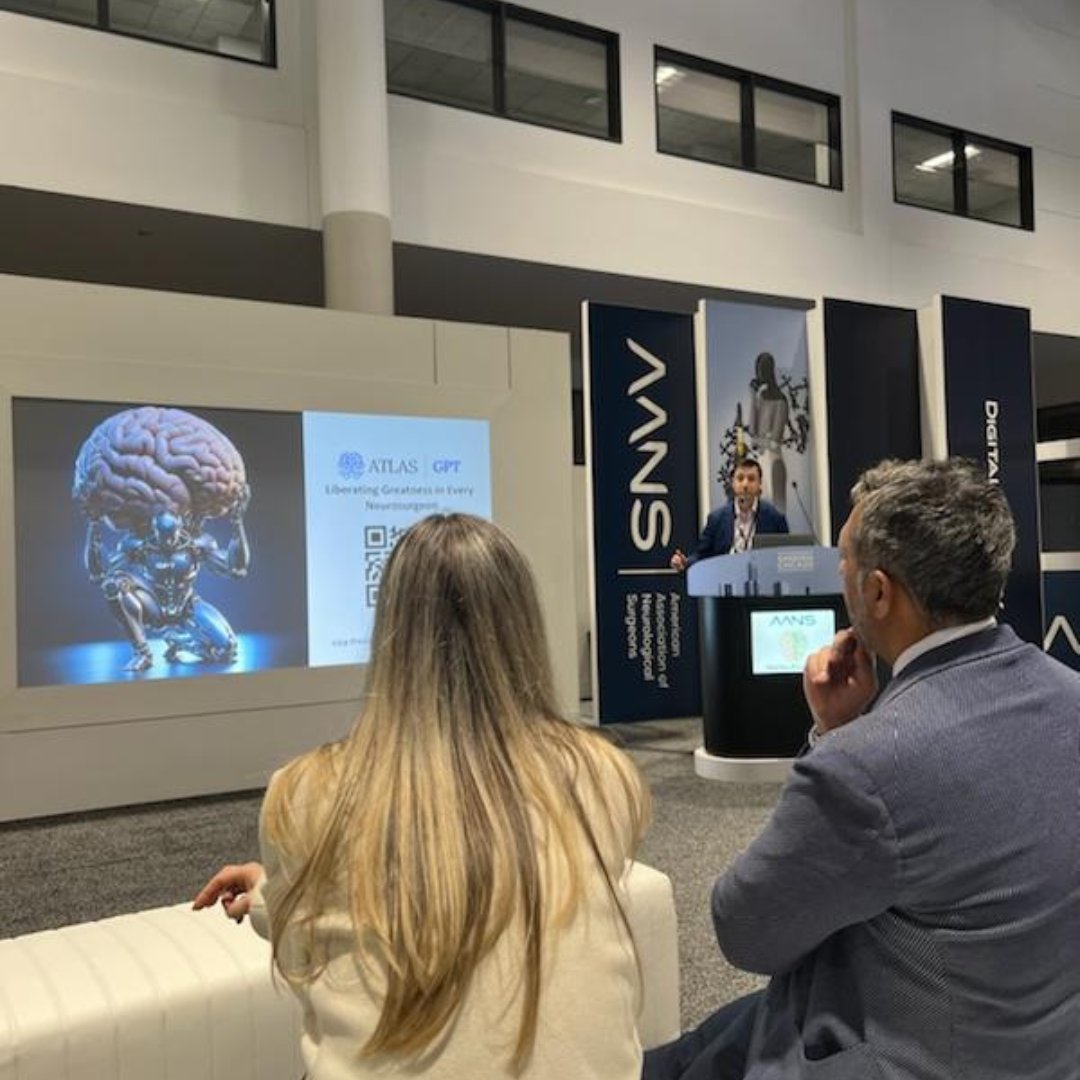

What approach is the best way to expose posterior parahippocampal lesions as seen in the image above?
Bonus: What are some advantages of this approach over the alternatives?
#MedTwitter #Neurosurgery #NSGY #surgery
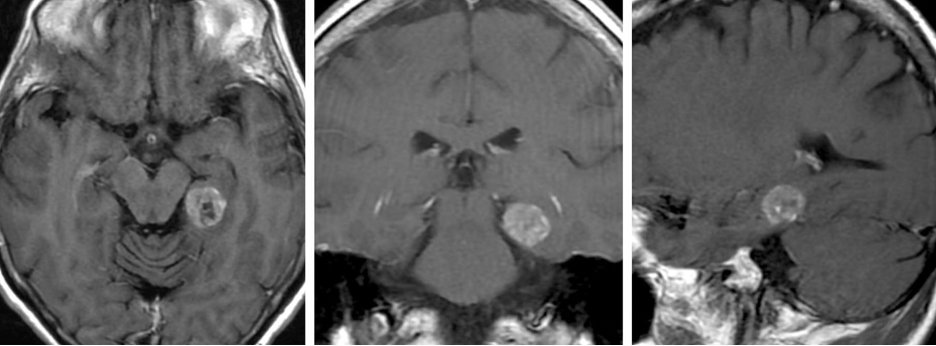




Join us at #AANS2024 booth #1103 on May 3rd (8pm) & May 4th (9:45am CT) for a presentation on neurosurgery & AI insights. Bring your questions! To learn more about Atlas Meditech, visit our website | zurl.co/maLq. #MedTwitter #Neurosurgery #NSGY #surgery
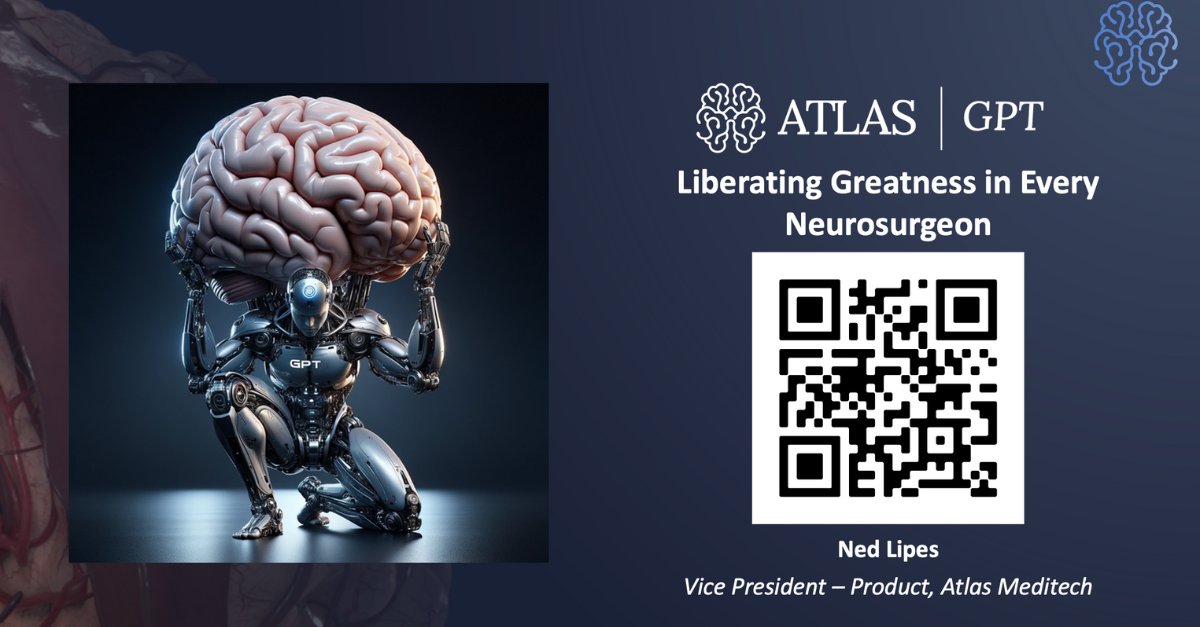


Don't miss Dr. Cohen's talks at #AANS2024 ! Join us on May 4th & 5th at 1:30pm CT in room S404abcd for Operative Nuances I & II. Discover cutting-edge 3D tech for neurosurgical training. Visit our site for a 30-day free trial | zurl.co/n8g2. #MedTwitter #Neurosurgery
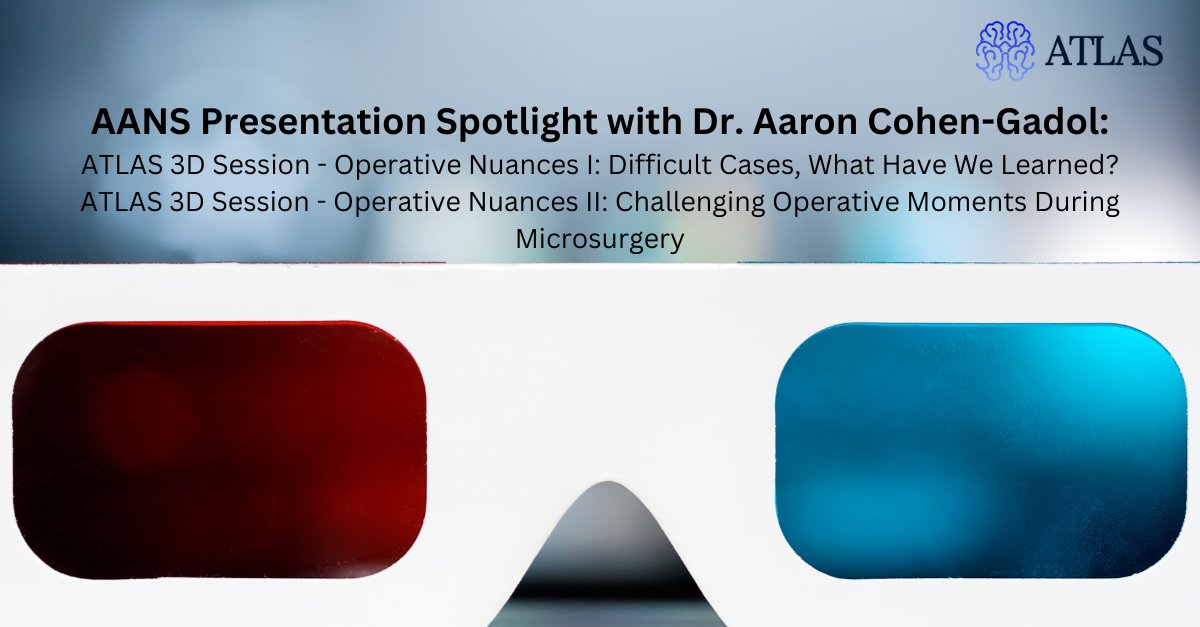


Excited to join #AANS2024 in Chicago! Discover cutting-edge tech like #AtlasGPT & latest from Neurosurgical Atlas. Stay tuned for updates all week! More info on AtlasGPT | zurl.co/HFF7. #MedTwitter #Neurosurgery #NSGY #surgery #AtlasMeditech #InnovationInNeurosurgery

Region 3 of the thalamus contains the lateral nuclei. What operative approach allows the lateral part of the thalamus to be reached? What structure is entered immediately following the callostomy?
#MedTwitter #Neurosurgery #NSGY #surgery
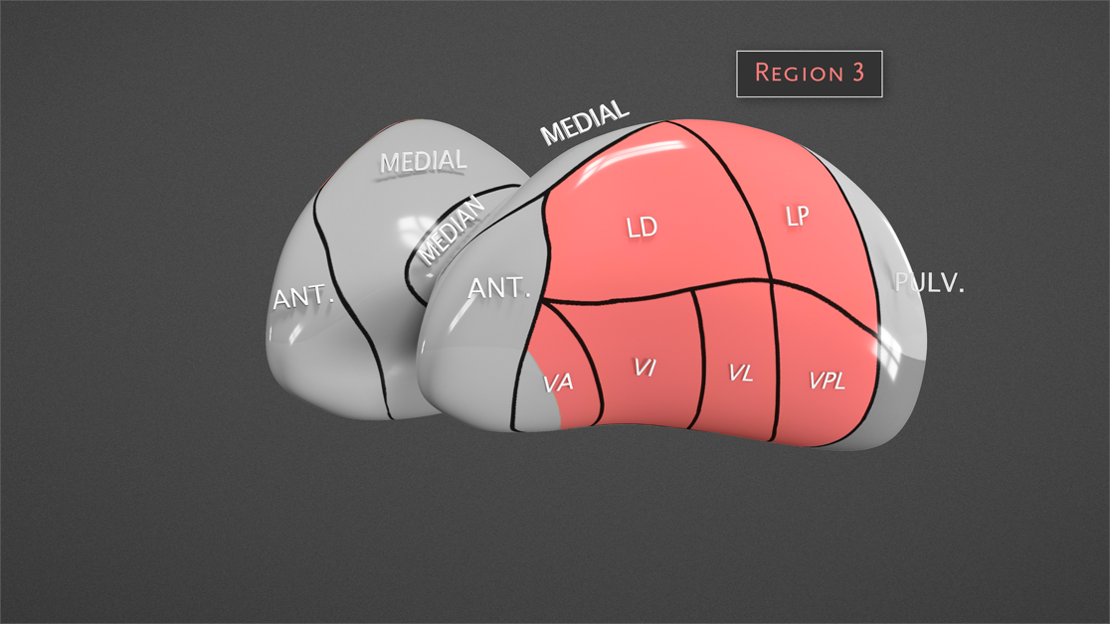



Region 2 of the thalamus contains the superior anterior, medial, and medial centromedian nuclei. What is a preferred approach when the tumor epicenter is located at the anterior and medial thalamic region? #MedTwitter #Neurosurgery #NSGY #surgery



Region 1 of the thalamus contains the anterior ventral and inferior nuclei. What surgical approach is needed to access this region? What anatomic structure is encountered and must be depressed during this approach?
#MedTwitter #Neurosurgery #NSGY #surgery
